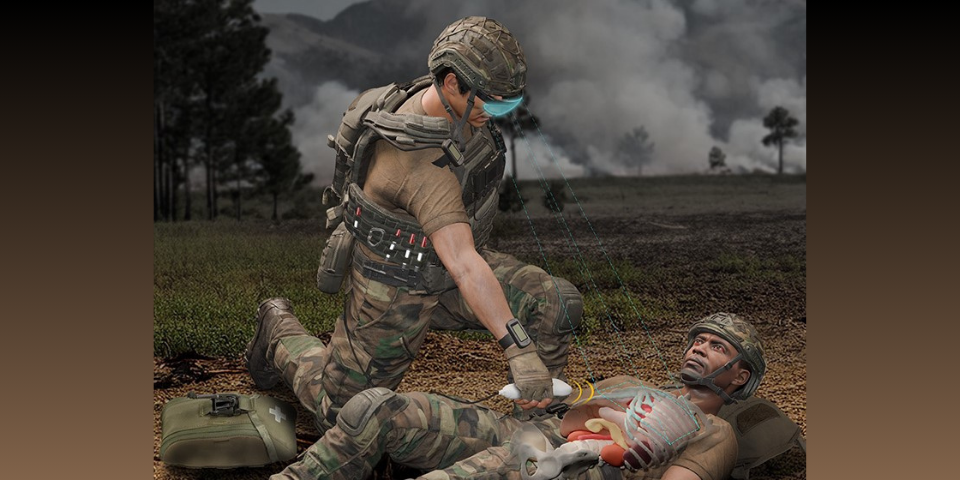In remote conflict zones and disaster-stricken areas, the nearest hospital is often hundreds of miles away. Medical teams face the tough task of providing critical care — with limited resources and while under constant threat — to casualties with wide-ranging medical needs.
Researchers at the Johns Hopkins Applied Physics Laboratory (APL) in Laurel, Maryland, are leveraging the power of augmented reality (AR), predictive anatomy visualization, and artificial intelligence to provide field medics with a tool to deliver lifesaving care by helping them clearly visualize where internal organs are situated inside their patients’ bodies.


